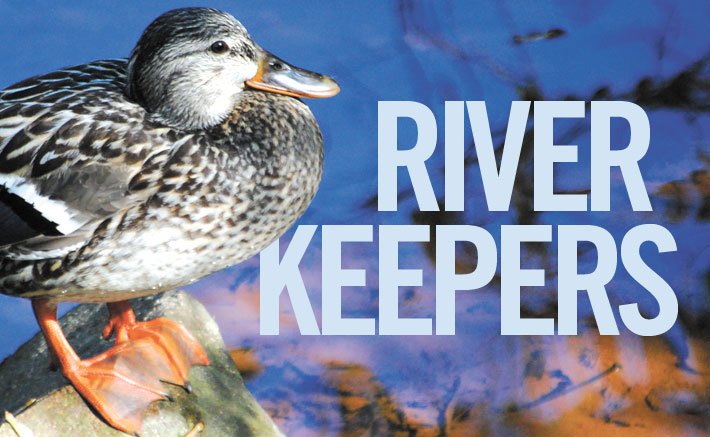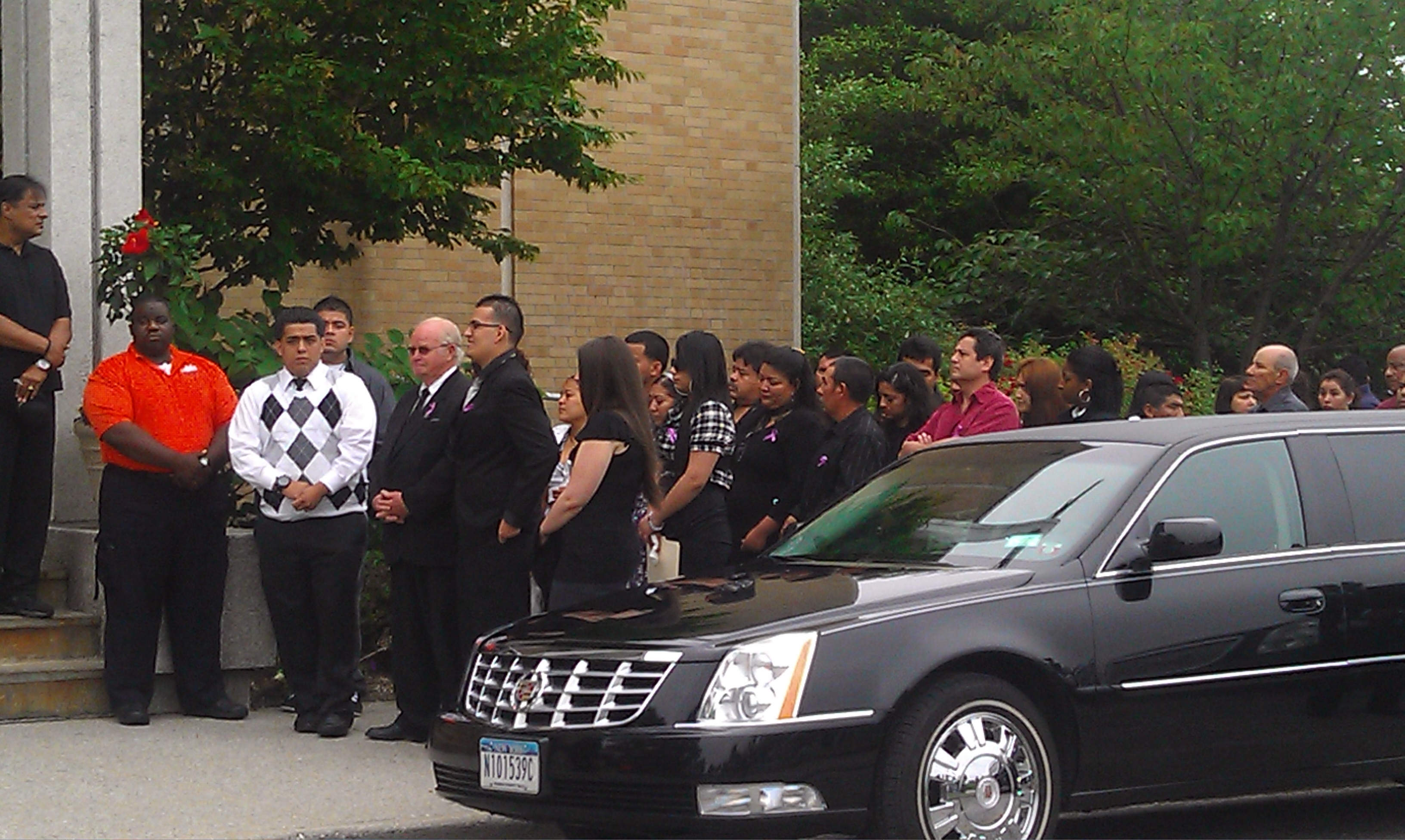
River of Time
The Carmans River got its start about 20,000 years ago in a valley cut through the Ronkonkoma Moraine when the glaciers retreated and the icy meltwater scoured the sediment deposits, exposing the groundwater table. Today about 94 percent of the Carmans is from groundwater.
Go back a couple of centuries and the English settlers who’d acquired the original patent from King William and Queen Mary in 1693 were starting to put the river to good use. Soon there’d be grist mills, lumber mills and fulling mills, which turned flax into cloth. Samuel Carman bought a mill in 1780 and his family lent the river their name. The mills are gone but not the lakes the mill dams created.
This river has a storied history. These days the state stocks the river with trout, but that wasn’t the case when Daniel Webster caught a 14-pound trout in Carmans River in 1824 and brought it to the fabled Delmonico’s restaurant for cooking. His catch was immortalized by a Currier & Ives engraving, and was the inspiration for the trout replica in the weathervane of old Southaven Presbyterian Church. Martin Van Buren and Theodore Roosevelt are just two of the illustrious Americans who’ve hunted and fished along the Carmans. Thanks to the well-endowed sportsmen of the Suffolk Club, led by millionaire August Belmont, the land around Hards Lake was preserved, later becoming the Southaven County Park, Suffolk’s first park in 1964. On the other side of Sunrise, the Wertheim National Wildlife Refuge, another generous donation from a rich benefactor, preserves the mouth of the river from future development.
Near Carmans’ headwaters a historical milestone with far-reaching significance that occurred in 1965 when a local woman, Carol Yannacone, saw workers from the Suffolk County Mosquito Control Commission dumping barrels of DDT into the river, causing a large fish kill at Upper Lake. With her prodding, her lawyer husband Victor Yannacone sued the county “in the name of generations yet unborn” to stop using the pesticide. Suffolk banned DDT in 1967, New York State followed suit in 1970, and the nation did so two years after that.
From the river’s near-death experience came another remarkable achievement a couple of years later, when two students from Bellport High School, Mike Butler and John Sailor, rode their bikes all the way to Albany to bring a sample of the Carmans’ “still-pure water” to Assemb. Bill Bianchi as the State Legislature was considering the Wild Scenic and Recreational Rivers Act. The publicity worked, and the Carmans was included in the “study” in 1974, and later became the first river in New York to be designated under the act. The law’s protections are narrow, according to activists, and not nearly as broad as the restrictions on development under the terms of the Pine Barrens Act that came two decades later.
The Carmans is one of three rivers in the Pine Barrens and environmentalists say it would gain more protection if the core preservation area of the Pine Barrens Act were expanded to include more of its watershed. Under the act, 52,500 acres are in the core preservation area, and 47,500 acres are in the compatible growth area. So far 9,000 acres in the core in Brookhaven are protected outright, according to Supervisor Lesko, and ideally his Carmans River plan was going to add 3,570 acres more. All told, he wanted to use about 566 acres, a scant amount of Brookhaven’s 165,000 acre total, to accommodate multi-family housing by transferring Pine Barrens credits to selected receiving areas.
Lesko thought the Pine Barrens Act was a good model and he looked to the Carmans River Partnership, formed over a decade ago to prevent Home Depot from building on a 15-acre parcel on the east bank of the river just north of the Sunrise Highway, to lay the groundwork.







